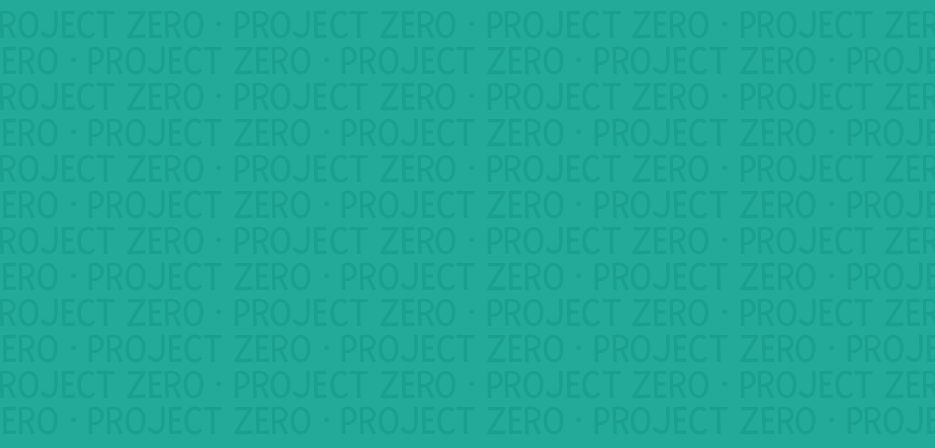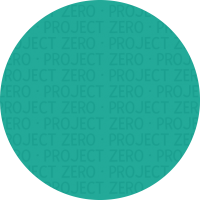- Who We Are
- Topics
- By Subject Area
- dummy
- By Level
- Projects
- Projects Column 1
- Agency by Design
- Aligned Programs for the 21st Century
- Artful Thinking
- Arts as Civic Commons
- Causal Learning Projects
- Center for Digital Thriving
- Citizen-Learners: A 21st Century Curriculum and Professional Development Framework
- Creando Comunidades de Indagación (Creating Communities of Inquiry)
- Creating Communities of Innovation
- Cultivating Creative & Civic Capacities
- Cultures of Thinking
- EcoLEARN Projects
- Educating with Digital Dilemmas
- Envisioning Innovation in Education
- Global Children
- Growing Up to Shape Our Place in the World
- Projects Column 2
- Higher Education in the 21st Century
- HipHopEX
- Humanities and the Liberal Arts Assessment (HULA)
- Idea Into Action
- Implementation of The Good Project Lesson Plans
- Inspiring Agents of Change
- Interdisciplinary & Global Studies
- Investigating Impacts of Educational Experiences
- JusticexDesign
- Leadership Education and Playful Pedagogy (LEaPP)
- Leading Learning that Matters
- Learning Innovations Laboratory
- Learning Outside-In
- Making Ethics Central to the College Experience
- Making Learning Visible
- Multiple Intelligences
- Navigating Workplace Changes
- Next Level Lab
- Projects Column 3
- Out of Eden Learn
- Pedagogy of Play
- Reimagining Digital Well-being
- Re-imagining Migration
- ROUNDS
- Signature Pedagogies in Global Education
- Talking With Artists Who Teach
- Teaching for Understanding
- The Good Project
- The Studio Thinking Project
- The World in DC
- Transformative Repair
- Visible Thinking
- Witness Tree: Ambassador for Life in a Changing Environment
- View All Projects
- Projects Column 1
- Resources
- Professional Development


Reviewing Education and the Arts Project
REAP offers research for how arts education transfers to other domains
REAP has published a series of meta-analytic articles reviewing the state of the evidence for transfer of arts learning to non-arts cognitive achievement. The Executive Summary reviews the major findings from REAP. In addition, REAP’s work has been widely discussed in Beyond the Soundbite: Arts Education and Academic Outcomes (Winner & Hetland, 2001a), in a dedicated issue of the Arts Education Policy Review, in commentary on National Public Radio, and in articles and letters in The New York Times, Education Week, and numerous other newspapers and magazines. Hetland and Winner also contributed summaries of research on arts transfer to a volume published by the Arts Education Partnership entitled Critical Links: Learning in the Arts and Student Academic and Social Development. Ellen Winner and Lois Hetland have published a critique of this volume in the Arts Education Policy Review, entitled Beyond the Evidence Given.



-
-
-
Support PZ's Reach